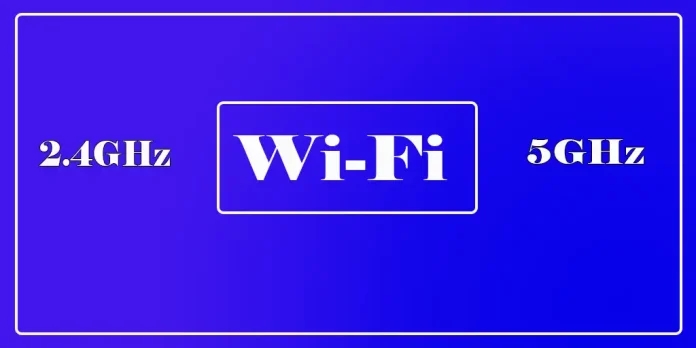Wi-Fi operates on two main frequencies: 2.4 GHz and 5 GHz. Modern routers typically use both frequencies and have two independent transmitters. When you connect to your network, you may notice two separate SSIDs (network names): for example, (Router Name) for the 2.4GHz band and (Router Name_5G) for the 5GHz band.
The 2.4 GHz frequency offers about twice as much coverage as 5 GHz, making it ideal for covering large areas. However, it has speed limitations, reaching about 100 Mbps. In contrast, the 5GHz band offers faster speeds, which can vary depending on the specific chip used in your router and can reach up to several GHz.
If you’re experiencing unstable connections in certain home rooms, you may need more than just rearranging your router to result in significant improvements. A more practical solution would be to install an additional router configured in repeater mode. This arrangement can significantly improve your Wi-Fi coverage. For example, you can place the main router in a central location, such as the entry point of your home’s Internet connection, and place repeaters in strategic locations, such as the garage or on the second floor.
Factors affecting Wi-Fi propagation range
Physical obstacles: Walls, furniture, and other objects can absorb or weaken the signal. This is especially true of concrete or brick walls and mirrors, which can reflect the signal.
Electromagnetic Interference: There are few devices in individual homes that can affect Wi-Fi performance.
Antenna type and location: The router’s external antennas should be aimed so that the signal spreads as efficiently as possible, you’ll have to experiment by rotating the antennas.
Router location: The router should preferably be placed higher up, do not place it on the floor.





